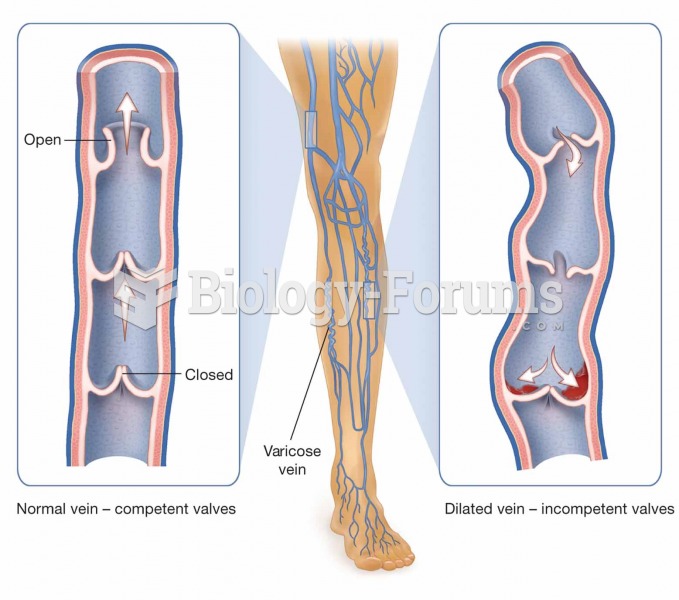Answer to Question 1
Answer: The two approaches that most developing countries typically choose from are the self-sufficiency, or balanced growth and the international trade approach. Each of these has their supporters and detractors.
Self-sufficiency Model: This was the more popular of the development alternatives for most of the twentieth century. According to this approach, investment is spread as equally as possible across all sectors of a country's economy and in all regions. It was believed that the pace of development may be modest, but the system is fair because residents and enterprises throughout the country share the benefits of development. Reducing poverty takes precedence over encouraging a few people to become wealthy consumers. It allows the country to protect its fledgling businesses from competition through barriers (like quotas, tariffs and licenses) with large international corporations that have natural advantages with economies of scale, among other things.
Critics of this approach argue that first, self-sufficiency protects inefficient industries. Protection by governments encourages businesses to sell all they made, at high government-controlled prices, to customers culled from long waiting lists. With no competition, there was little incentive to innovate, improve quality or be more efficient. Secondly, they also argue that the large bureaucracy needed to administer the controls encourages corruption and abuse.
The international trade approach: This approach argues that a country can develop economically by concentrating scarce resources on expansion of its distinctive local industries. It emphasizes the sale of these products in the world market to bring in foreign exchange that can be used to finance other development. This approach buys into Rostow five-stage model of development that included traditional society, pre-production for take-off, the take-off stage, the drive to maturity stage and finally, the age of mass consumption.
Critiques of this approach point out that first, it leads to local hardships, in that building up a handful of takeoff industries forces some developing countries to cut back on production of food, clothing, and other necessities for their own people. Secondly, it leads to slow market growth. They argue that developing countries trying to take advantage of their low-cost labor often find that markets in developed countries may be growing more slowly than is required to consume their products. Finally, they argue that some developing countries contain raw materials sought by manufacturers and producers in developed countries. Whereas it has worked for countries with oil, it has not worked as well for others with agricultural products.
Answer to Question 2
Answer: FALSE







